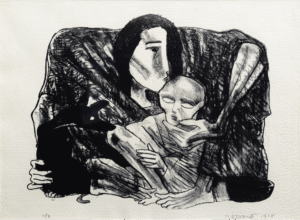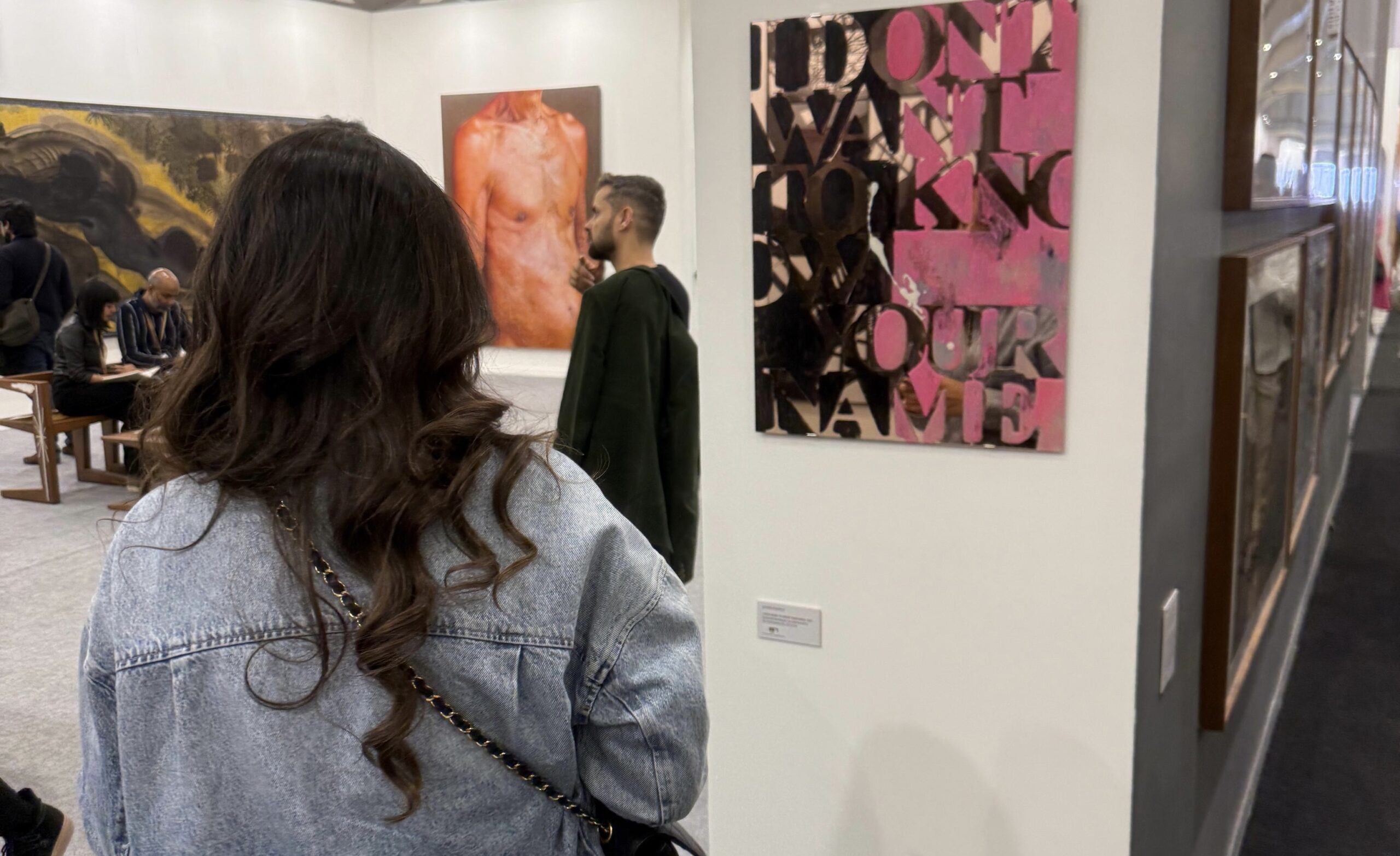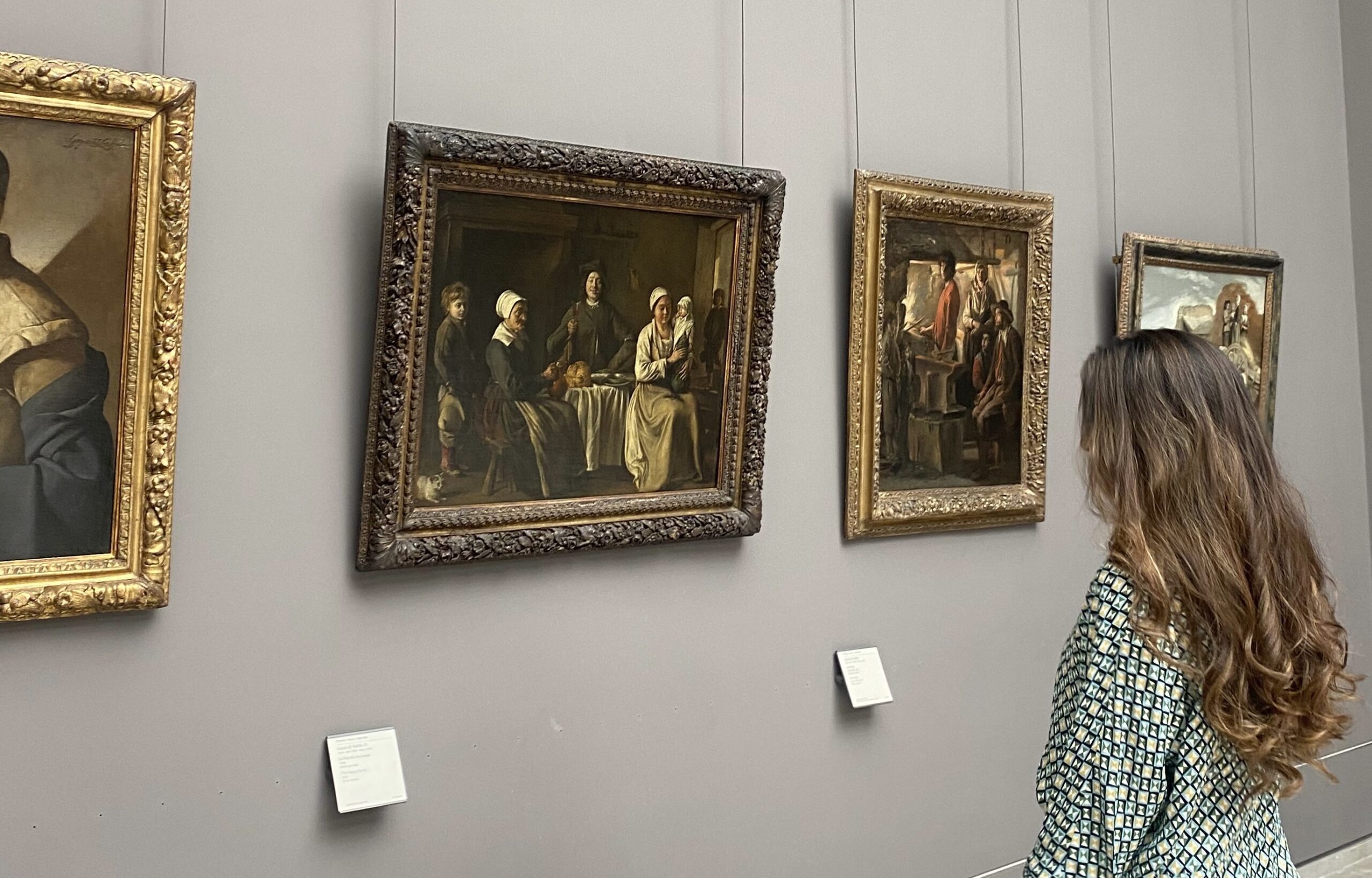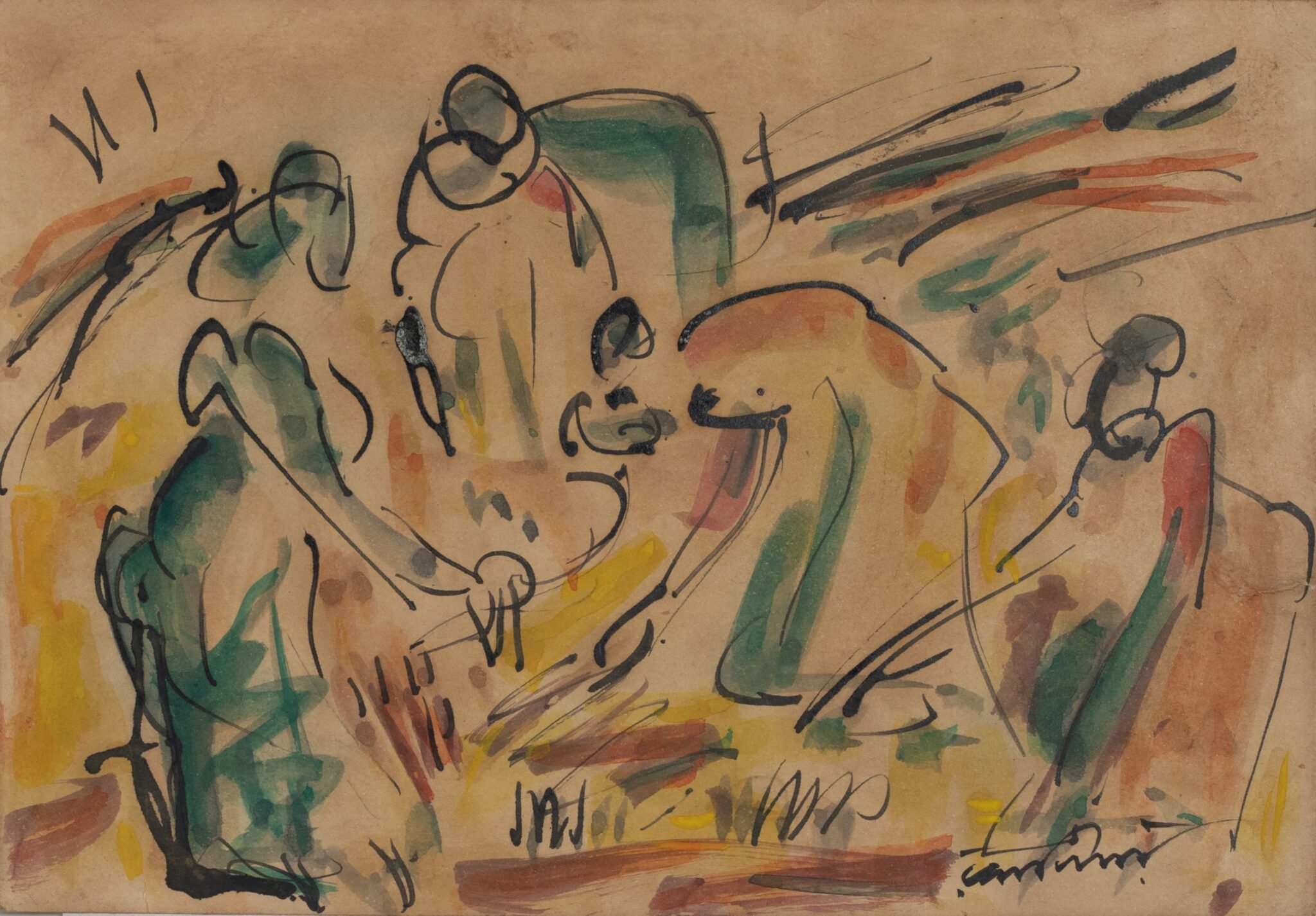
“Art washes from the soul the dust of everyday life.” – Pablo Picasso
The wonder of experiencing and engaging with art can feel elusive, even exclusionary. Many imagine it as belonging only to the realm of the select few “in the know,” fluent in the language of art. For the average viewer, the hushed atmosphere of museums, fast-moving crowds of galleries and cryptic language of wall labels can be overwhelming, creating a sense of “otherness” and disconnect. But the purpose of art is rarely to alienate. It is a reflection of society through the lens of the artist, emulating its politics, culture and even economics, asking only for your curiosity.
The first step in reading a painting is to look. Not the quick glance that crowded exhibitions often encourage, but an unhurried gaze. Devote a few minutes to simply looking, silently and without distraction. Let your eyes wander across the work, and notice your immediate reactions and first impressions. This fundamental act can transform the experience, allowing details to emerge and emotions to surface unfiltered.
The observed visual cues become the foundation to structure your interpretation of the artwork. When viewing the work, ask yourself: What is this about? Examine the subject matter. It might be a person, scene, landscape or an animal. In abstract works, there may be no conventional subject at all. Focus on various elements like colour, line, space, shading, texture, and composition. Certain artistic choices convey intent, shape the mood of the work, and carry suggestions about larger ideas.
Consider the print below by Somnath Hore. There are three figures huddled close together. The central figure, perhaps a mother, is cloaked in darkness, sitting hunched, her form enveloping her child and a dog. Executed in simple, bold lines in a monochromatic palette, the composition strips the figures to their essential forms, while the stark contrasts heighten its emotional intensity. The hollow eyes, sunken cheekbones and jutting bones, highlighted by precise shading, sharp lines and contrast, suggest a state of starvation. The empty bowl besides them reinforces the idea further.

However, different viewers may perceive different meanings, and this multiplicity is part of what makes art compelling and subjective. Interpretation is not about discovering a single truth or the artist’s “real” intention. It is about building a thoughtful response that grows out of what the painting says to you. With time and repeated looking, your understanding may shift, deepening as new details and connections come into view.
Context can expand, refine, or even overturn your initial reading of the visual elements. An artwork is a product of its time, shaped by the world around it. It allows the viewer to connect and converse with broader societal and historical narratives, creating space for reflection and critique. In many ways, our lived experiences and existing knowledge base shape our initial understanding and response to a painting. Details such as title, artist, or date can further supplement and create the essential framework to deepen the interpretation. They anchor the work to a specific moment and place, providing relevant societal context. Symbols, icons, and references – explicit or subtle – are also a part of an artist’s vocabulary. They add layers of meaning that extend far beyond the image itself, imparting religious, cultural, political or historical ideas.
For instance, knowing Somnath Hore’s practice was deeply influenced by his experiences of famine, war, and political unrest in Bengal, reframes the above image. It becomes a statement on deprivation, displacement, and endurance, documenting atrocities inflicted on innocent people. This knowledge expands the scope of our reading, turning it into a meditation on human suffering and oppression.
Reading a painting is a dynamic process. Like any skill, the more you practice looking, the more fluent you become, akin to building muscle memory. The key is to move beyond superficial dialogue and surface-level browsing, instead allowing for deeper, more meaningful engagement. This means slowing down, letting your gaze linger, and allowing the work to reveal itself gradually. Interacting with art, then, can be deeply enriching and fulfilling, opening new ways of seeing and interpreting the world. These encounters linger, creating lasting connections that can feel personal and universally resonant.
October 28, 2025
Navigating the art world can be daunting. Prices aren’t always transparent, authenticity can be difficult to confirm, and opportunities often circulate in exclusive circles. For both seasoned collectors and first-time buyers, one question often arises: how do I make the right choices with confidence? This is where an art advisory […]

Buying art is an experience that blends passion, curiosity, and investment. For some collectors, it’s about building a meaningful connection with a work that inspires and resonates. For others, it’s about adding a valuable asset to their portfolio that they may appreciate over time. Whatever your motivation, one fact remains […]

Indian Modern art is a vibrant story of transformation, a journey shaped by colonial encounters, nationalist aspirations, and the search for a distinct visual identity. It reflects the broader story of India itself: negotiating between the local and the global, the inherited and the imagined. Intertwined with history, social change, […]